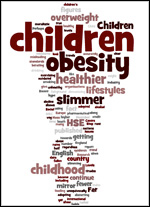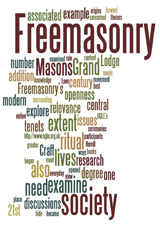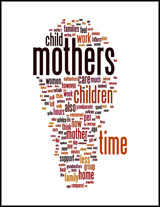Response to Guidelines on Science and Health Communication
from the Center for Science in the Public Interest.
December 18, 2001
Dear members of SIRC and HSCT
The Center for Science in the Public Interest is an international consumer advocacy organization devoted to innovative research, education, and advocacy in the areas of health, nutrition, and sound science. One of our projects, Integrity in Science, seeks to investigate and publicize the influence of corporate interests on scientific research; to promote full disclosure of scientists' conflicts of interest in scientific journals, the media, and government institutions; and to investigate those conflicts of interest that have the potential to undermine the quality of research. The project sponsors a database, www.integrityinscience.org, listing corporate affiliations of academic scientists.
We applaud [SIRC’s] new Guidelines on Science and Health Communication. It provides much needed guidance on responsible reporting in science and health. It is especially welcome as news media and scientific journals are increasingly being used as marketing tools for pharmaceutical and biotechnology companies.
In support of your work and in response to your request for comments, we offer the following suggested revisions to the Guidelines:
1. We recommend that in the "Summary checklist for print and broadcast journalists," the question "What are the affiliations of the researcher(s)?" include the further specification: "Do these affiliations represent conflicts of interest that may have influenced the research design, findings, or authorship attribution?"
2. In the "Guidelines for print and broadcast journalists," #1 "Credibility of sources," paragraph #3 reads: "Reports of research should clearly state the known affiliations or interests of the investigators." We recommend strengthening that statement to read: "Reports of research should clearly state the known affiliations or interests of the investigators, and information on such affiliations should be explicitly and actively requested by journalists."
3. In the "Summary checklist for science and health professionals," #2 "Credibility," we suggest placing second on the list, the additional question: "Have I disclosed the funding sources for the research, as well as consultancies and other affiliations that I have with parties who have a financial interest in the outcome of this study?"
4. In the section on "Guidelines for science and health professionals," we recommend that in the opening paragraph under "Credibility," after "explicitly," the following be added: "Researchers should also explicitly state their funding sources and other affiliations that may represent an interest in a preferred outcome for the study."
5. Although we agree that the peer-review process is an important ingredient in safeguarding the integrity of science, the fact that a journal is peer-reviewed does not in-and-of-itself guarantee that its published research is free from undue bias. (Stelfox HT, Chua G, O'Rourke K, Detsky A. Conflict of Interest in the Debate over Calcium-Channel Antagonists. New Engl J Med 1008; 338 (8): 101-6.) By giving prominence in each section to the peer-review process, the Guidelines creates the impression that publication in a peer-reviewed journal is both necessary and sufficient to guarantee the credibility of research. To avoid that implication, we believe that the scope of the Guidelines must be extended to include both a summary checklist and guidelines for science journals (both peer-reviewed and non-peer-reviewed) regarding their conflict-of-interest policies.
A. To that end, the Guidelines should direct journals to require the following information of their contributors:
* Source of funding for the study/paper being published.
* Financial interests of the authors and the authors’ immediate families over the last five years in companies or partnerships relevant to the subject matter of the research. [The five year period is recommended by the British Medical Journal in its Guidance for Authors and Referees.
* Financial or other significant relations (e.g., consulting relations, speaker fees, corporate advisory committee memberships, expert testimony given in legal cases) of the authors and the authors’ immediate families over the past five years with companies, trade associations, unions, or groups (including civic associations and public interest groups) relevant to the subject matter of the research.
* Specific authorial contribution (conception and design; analysis and interpretation of data; drafting of the article; critical revision of the article for intellectual contents; final approval of the article; statistical expertise; administrative, technical or logistical support; and collection and assembly of data) of each author. [See the Annals of Internal Medicine policy on authorship.
B. The Guidelines should also direct science journals to ensure that their review and editorial process is free of undue conflict-of-interest. The Guidelines should direct journals to develop protocols to ascertain whether referees and individuals asked to write editorials have financial, personal, or collegial interests that could bias their judgment. The protocol should also include a mechanism for exclusion of referees / editorial authors who have conflicts that cannot be resolved or that would undermine the credibility of the review or editorial. [See, for example, the British Medical Journal’s Guidance for referees".
Thank you for the opportunity to comment on the Guidelines and to contribute to this important effort to raise the standards for the responsible science journalism and publishing. Please do not hesitate to contact us if you have any questions or comments.
Sincerely,
Virginia A. Sharpe, Ph.D. Project Director, Integrity in Science
Michael Jacobson, Ph.D. Executive Director





